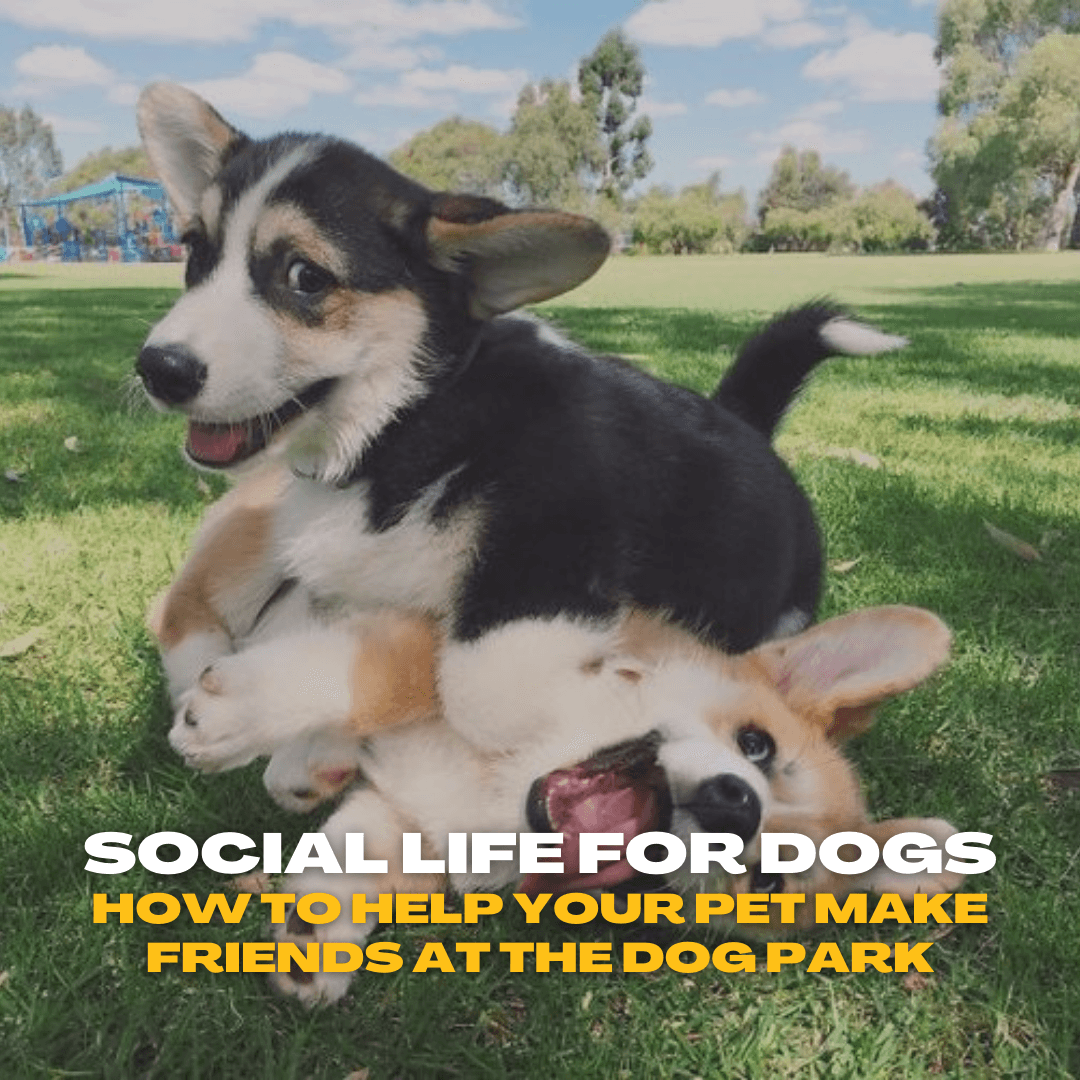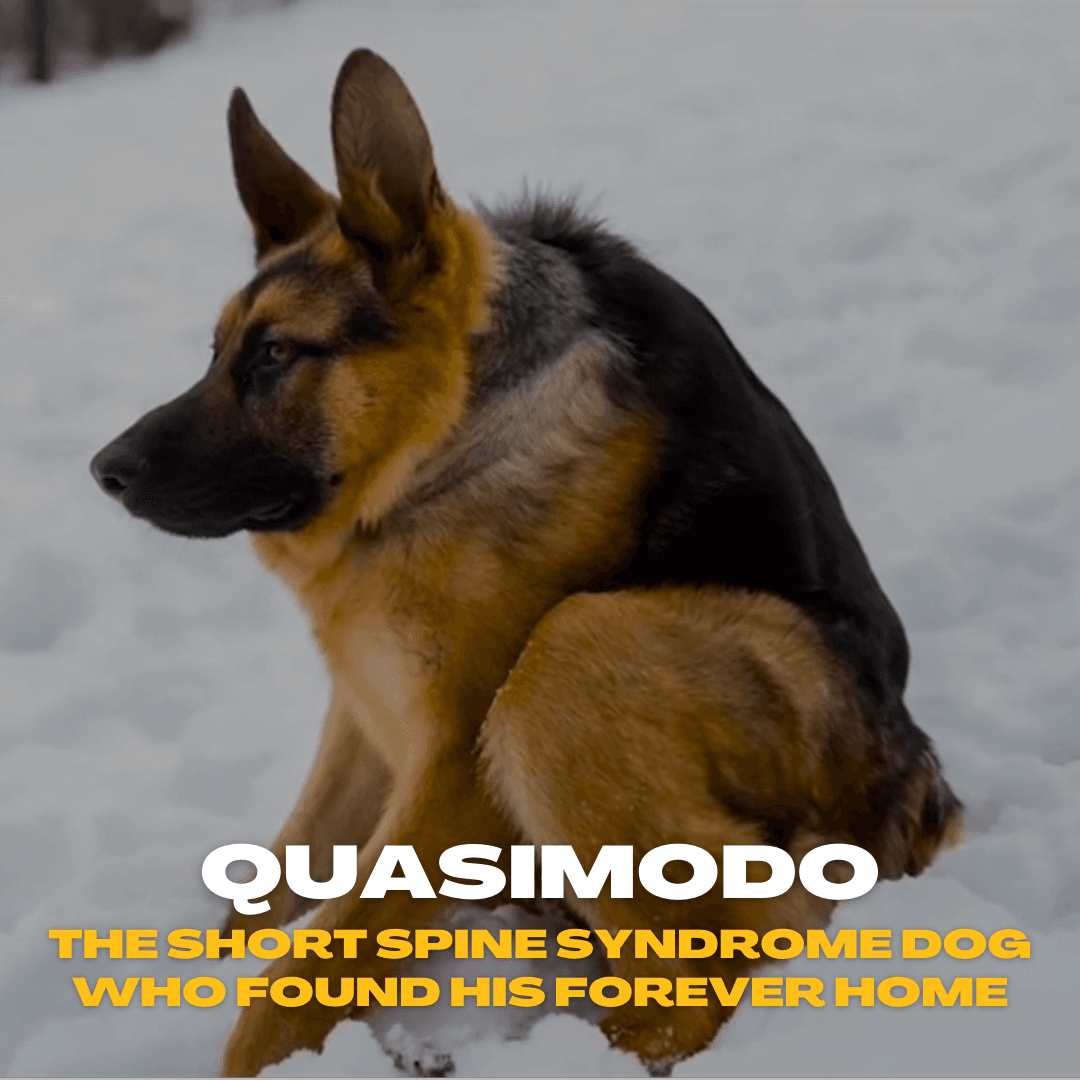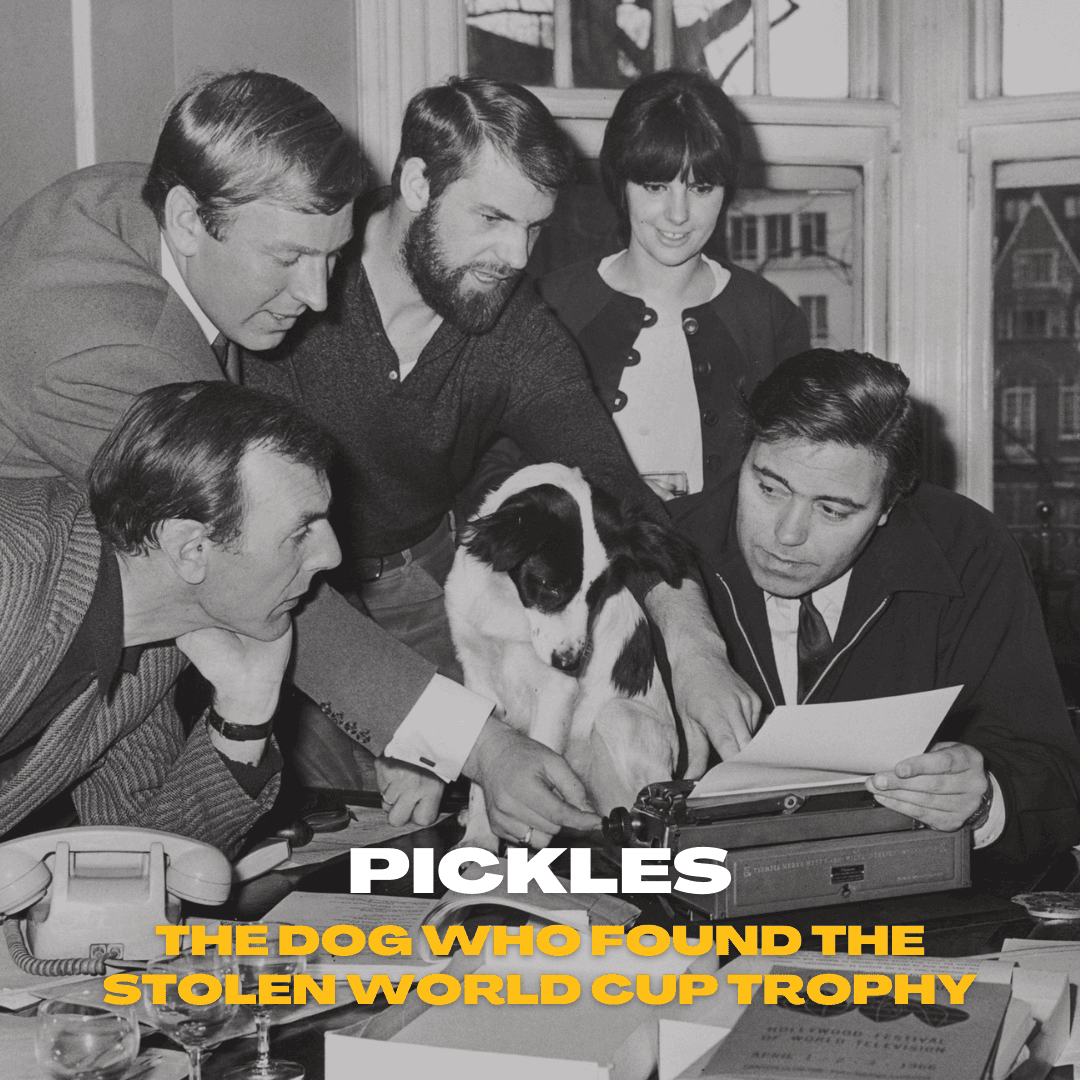Just like humans, dogs thrive on social interaction. A strong dog social life can enhance your pet’s happiness, reduce anxiety, and even improve their overall behavior. One of the best places for your furry friend to make new pals is the dog park! However, navigating the world of dog socialization can be tricky, especially if your pet is shy or new to the dog park experience. In this article, we’ll explore helpful dog park tips and offer advice on how to socialize your dog in a way that’s both fun and safe.
Why Is Socialization Important for Dogs?
Before diving into dog park tips, it’s important to understand why a dog’s social life matters. Socializing your dog helps them develop confidence, reduces aggressive behaviors, and encourages positive interactions with other dogs and people. Well-socialized dogs tend to be happier, less anxious, and more adaptable to new environments.
Without proper socialization, your dog may develop fear, aggression, or even frustration when interacting with other pets. Starting early is best, but socializing older dogs is still possible with patience and persistence.
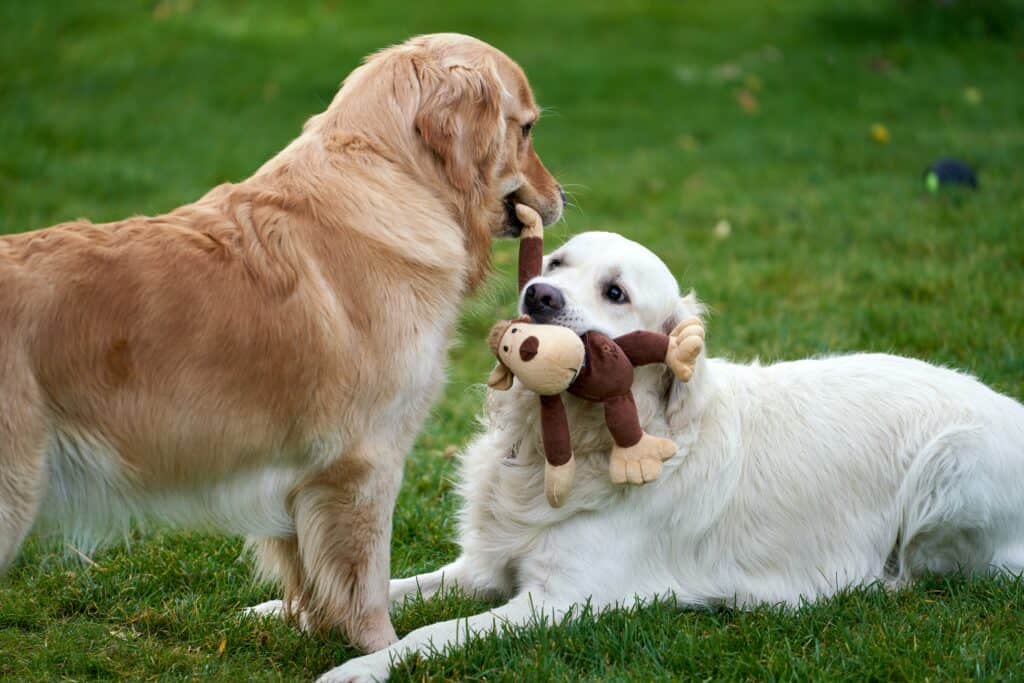
Dog Park: The Ultimate Playground for Socialization
Dog parks are fantastic spaces where dogs can run freely, play with others, and burn off energy. They offer an open environment for your pet to learn how to interact in different social settings. But while the dog park can be a wonderful place to boost your dog’s social life, it’s essential to approach it with care to ensure a positive experience.
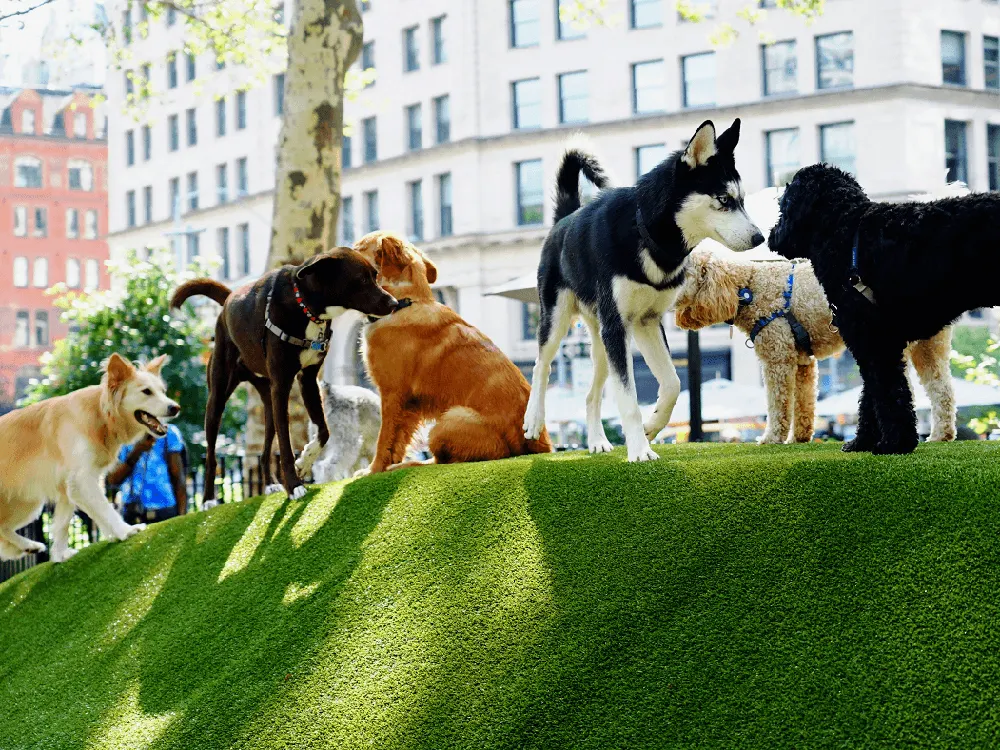
Dog Park Tips for a Successful Visit
- Start Slow and Observe If your dog is new to socialization or the dog park environment, it’s important to start slow. Begin by observing the park from a distance. Watch how the other dogs interact and see if the environment feels safe and calm. This can also help your dog get used to the sounds and smells before diving into the action.
- Choose the Right Time Timing is everything when it comes to a successful dog park visit. Peak hours can sometimes be overwhelming for a dog that’s new to socializing. Try visiting during quieter times, like early mornings or mid-afternoons, when the park is less crowded. This gives your dog the chance to meet other dogs in a less chaotic environment.
- Let Your Dog Set the Pace Every dog has their comfort zone when it comes to socializing. Some are eager to make friends, while others may be more hesitant. Let your dog decide how quickly they want to engage with others. Forcing interactions can lead to anxiety or aggression. If your dog seems nervous, give them space and time to warm up to the surroundings.
- Watch Body Language Understanding dog body language is key to helping your pet socialize safely. Look for signs that your dog is comfortable, such as wagging tails, relaxed posture, and playful movements. On the other hand, if you notice signs of stress like tucked tails, raised hackles, or stiff body language, it’s time to step in and give your dog a break.
- Be Mindful of Size and Energy Levels Not all dogs play the same way. Some dogs are high-energy, while others prefer a more laid-back approach. Be mindful of the dogs at the park and try to match your dog with playmates of a similar size and energy level. Many dog parks have separate sections for small and large dogs, which can help prevent accidental injuries and ensure a more enjoyable experience for everyone.
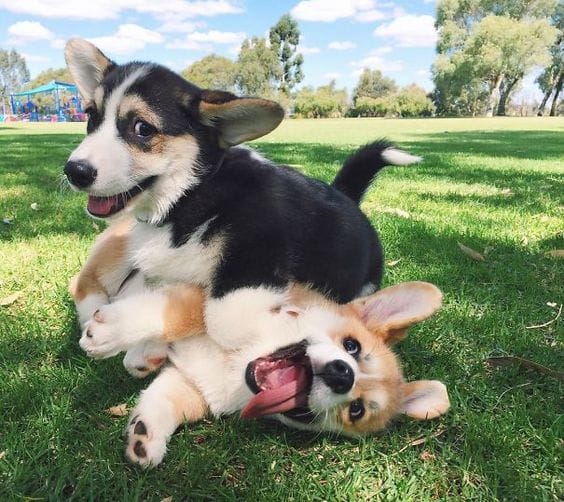
How to Socialize Your Dog at the Park
- Start with One-on-One Interactions If your dog is shy or unsure, try arranging one-on-one playdates with a friend’s dog before heading to the dog park. This smaller setting will help your dog feel more comfortable and give them time to learn how to interact without the pressure of a larger group.
- Use Positive Reinforcement Positive reinforcement is an effective way to encourage good social behavior in your dog. Reward your pet with treats and praise when they interact positively with other dogs. This helps them associate socializing with positive experiences. On the flip side, avoid punishing your dog for hesitancy or nervous behavior, as this can make them more anxious about social interactions.
- Gradually Increase Socialization If your dog is not used to socializing, don’t overwhelm them with long dog park sessions right away. Gradually increase the time they spend at the park as they grow more comfortable. Begin with shorter visits and increase the duration as your dog becomes more confident.
- Intervene When Necessary It’s important to monitor your dog’s interactions closely. Not all dogs will get along, and it’s okay to step in if things get tense. If play becomes too rough or your dog seems uncomfortable, calmly remove them from the situation and give them time to relax. Knowing when to step in can prevent negative experiences that may hinder your dog’s progress.
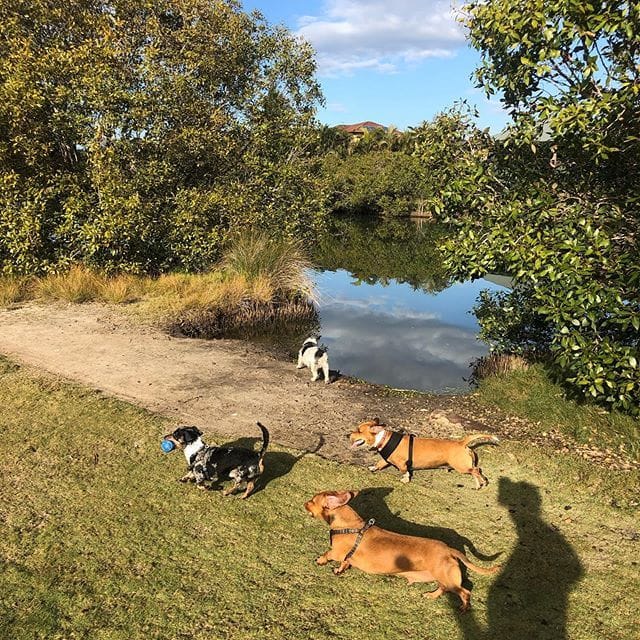
Building Confidence in Social Settings
If your dog is naturally shy or anxious, there are steps you can take to build their confidence in social settings. Exposure to new environments and positive experiences can help reduce fear and anxiety. Take your dog on walks in different areas, introduce them to new people and animals gradually, and reward them for calm behavior.
Training classes or dog socialization groups can also be beneficial. These settings allow your dog to practice social skills in a controlled environment, helping them feel more at ease around other dogs and people.
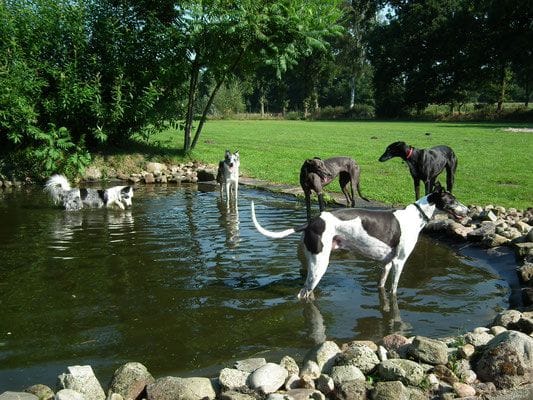
The Benefits of a Well-Socialized Dog
A well-socialized dog is not only happier but also easier to manage in everyday situations. They are more likely to be calm around strangers, enjoy visits to the vet, and adjust well to new environments. A strong dog social life leads to fewer behavioral problems and strengthens the bond between you and your pet.
Dog parks offer a unique opportunity for your dog to make friends, burn energy, and develop social skills that will benefit them throughout their life. By following the right dog park tips and focusing on how to socialize your dog properly, you can help your pet thrive in social settings.
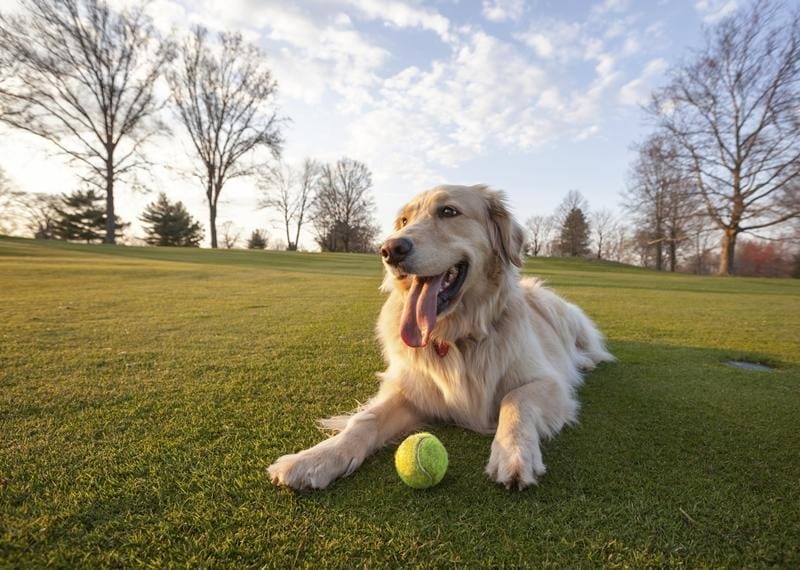
Conclusion
Socializing your dog at the dog park can be an incredibly rewarding experience for both you and your pet. A healthy dog social life leads to a happier, more confident dog, and with the right approach, you can ensure that your visits to the park are safe and fun. Remember, patience is key when learning how to socialize your dog, and with time, your pup will be making friends in no time!
